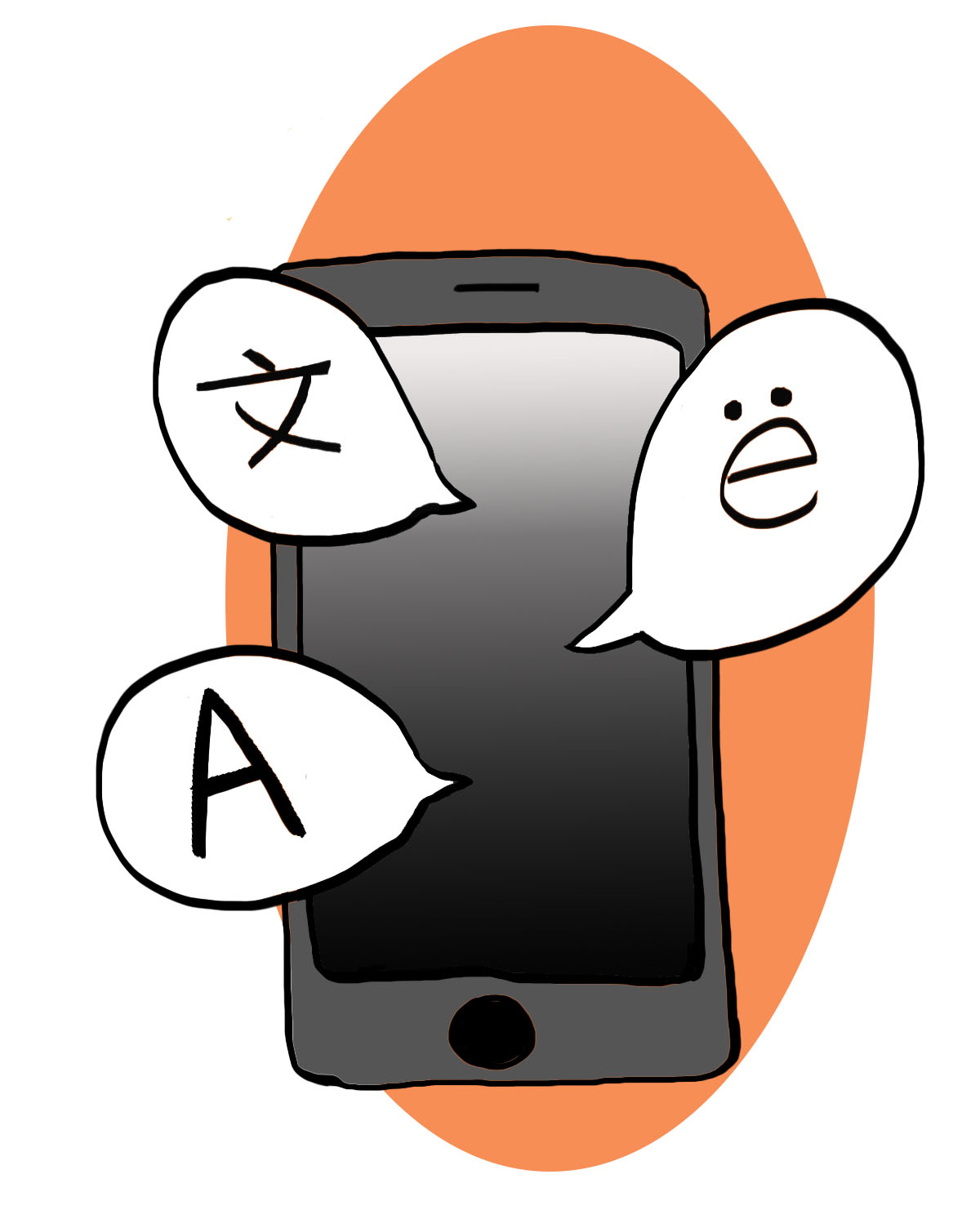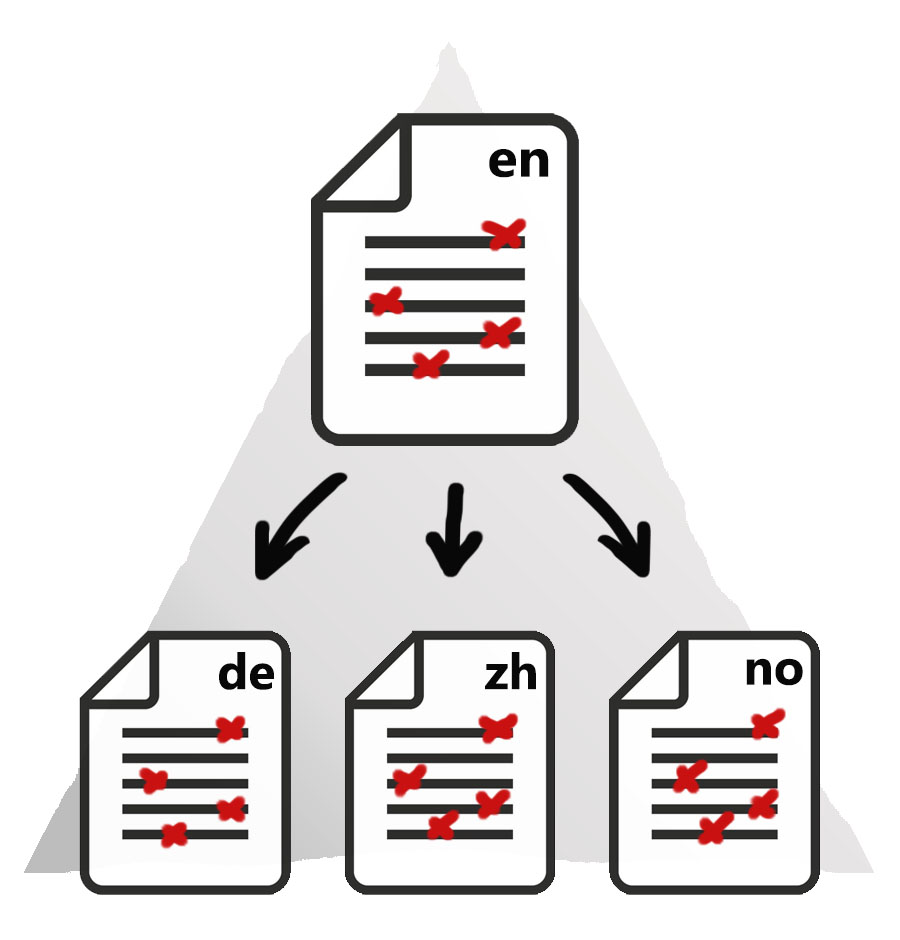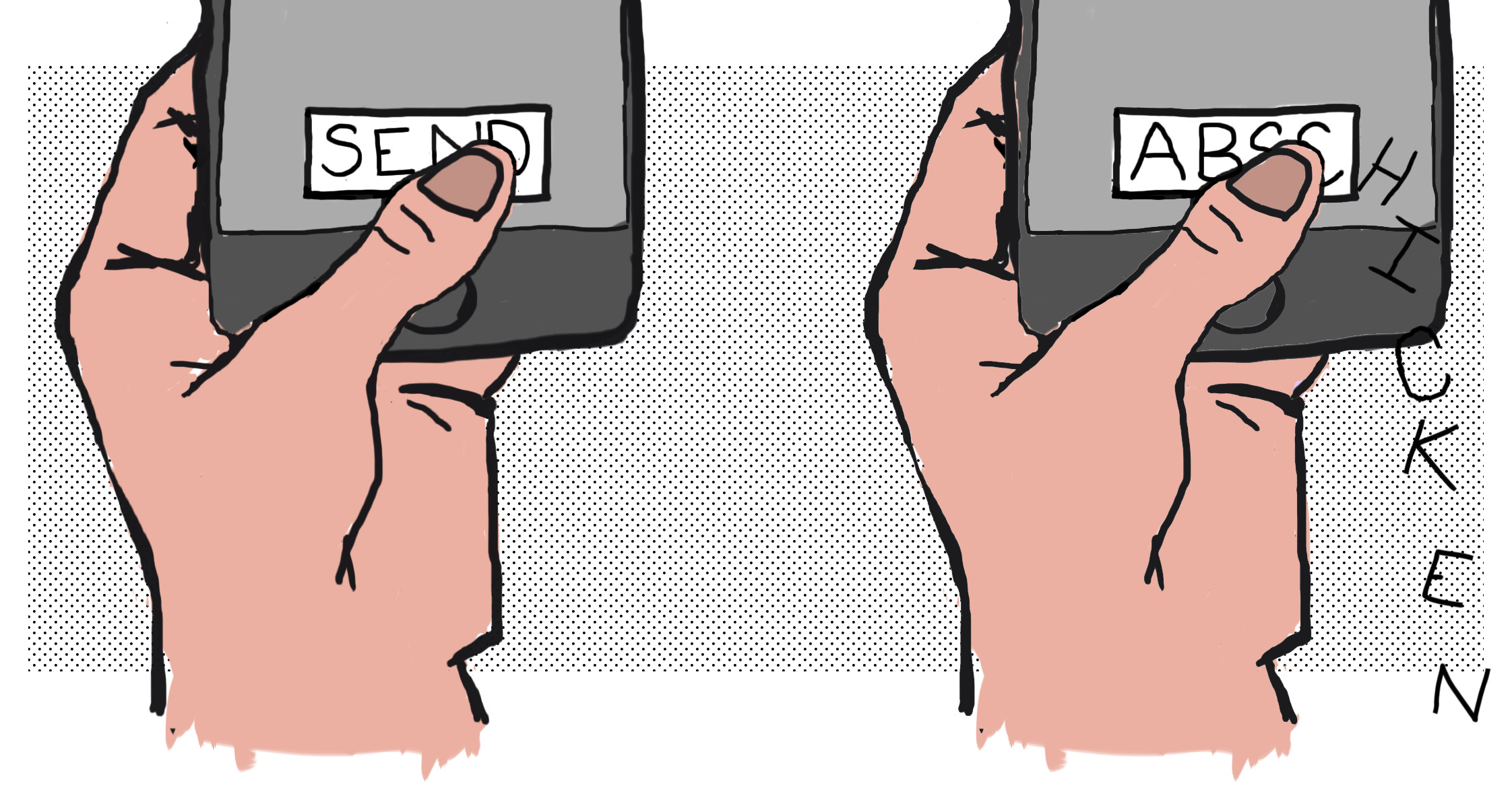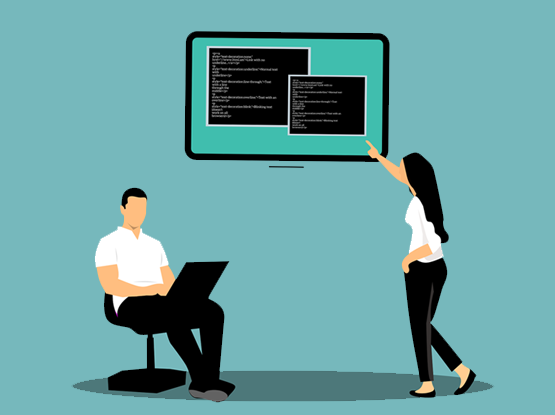1. Do your homework and identify goals first
However obvious this point may seem, it’s always a good idea to do some market research and know your target audience. If you want to translate into Chinese, you should know whether it’s simplified or traditional, Mandarin or Cantonese (...or Minnanyu). Will that be Latin American Spanish or Spanish that is spoken in Spain? Brazilian Portuguese or Portugal Portuguese? Do those users tend to use iOS, Android or something else? The list goes on. Don’t translate just to translate - be positive that localizing your app is the right step to take, and then back that decision with metrics and achievable goals.
2. Prioritize quality over quantity
Be wary of Language Service Providers (LSPs) and freelance translators who offer amazingly low rates for their translation services. Remember: a certified, professional translator who makes his or her living on translations knows his or her value. More often than not, low rates mean poor quality. An app with poor linguistic quality usually ends up costing much, much more since linguistic testing and fixes after the fact become more time consuming and pricey. Furthermore, poor linguistic quality is often a red flag for users that the app and product is subpar which in turn can damage the company. Would you have kept reading this article if I had even one typo in the first paragraph? Don’t just say yes to the first translation company you talk to – do a little research to find an LSP that suits both your budget and needs.


3. Review, review and then review again your source text
Keep in mind that whatever languages you decide to translate your app into, all content will be derived from your source language text. For this reason, be absolutely sure that your source language content is exactly the way you want it before preparing your app for translation. It’s always going to be cheaper to make one change in English (if that’s your source language), than to go through and pay for new translations to make the same change in French, German, Italian and Swahili.
4. Take time preparing your app for localization
Every app must be prepped for localization by a developer before translation. Again, if you get anything out of reading this, remember that the more time and effort put into preparing and internationalizing your mobile app will directly result in less time and money spent when testing and going through the QA process. Common areas of interest during internationalization include date formatting, phone numbers, linked html elements and changes in currencies. For more specific technical information, click here.
5. Understand the structure of your app
If you’ve ever studied a foreign language, you know that sentence structure can differ greatly between languages. So, when apps are built with only English in mind, developers often run into syntax and sizing issues while internationalizing, or preparing, the code for localization. The most common problem that goes hand-in-hand with translating mobile apps into some languages, such as German and Russian, is text expansion. Overlapping elements, such as buttons, and text overruns caused by text expansion can sometimes be fixed with abbreviated translations or slight changes in font size, but you should have the app developer’s number handy in case the only solution is to modify elements within the app. For apps, it's especially helpful to replace the text in buttons with symbols (i.e. using a pair of cogwheels instead of Settings). Context should be provided that points out to a translator when there a character limit for the translatable string.
MAIN TAKEAWAYS:
1.
Do some research about which language you’re localizing into.
Know if that language has distinct dialects or if speakers prefer certain devices over another, like Android over iOS.
2.
You get what you pay for. Chances are that if your app has even just a few typos or grammatical errors, users will notice. Expand your budget a little for quality translations.
3.
Get your source language content *perfect* before contacting translators. Spending more time on your source content first, will save time (and money) later.
4.
Identify dates, currencies and other problematic areas of internationalization. Work with your app developer to make sure the app is prepped for localization.
5.
Be aware of possible issues due to your app’s design or structure. If you have a small button for “Edit” in English, don’t think the German equivalent “Bearbeiten” is going to squeeze in.





